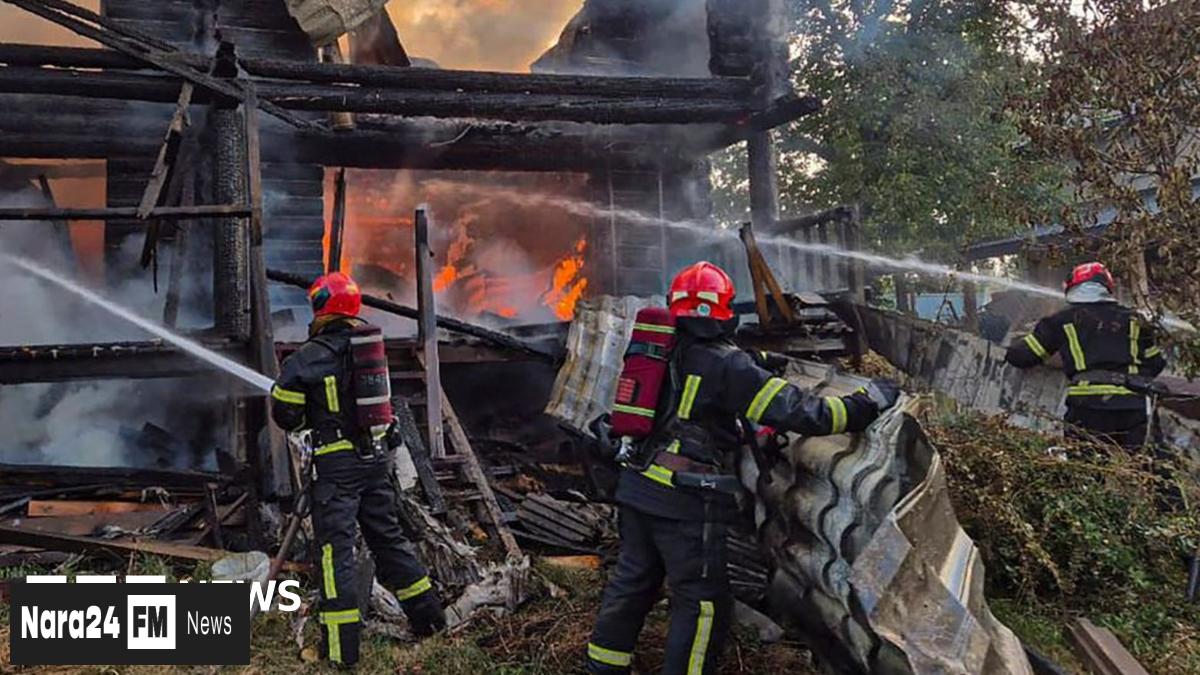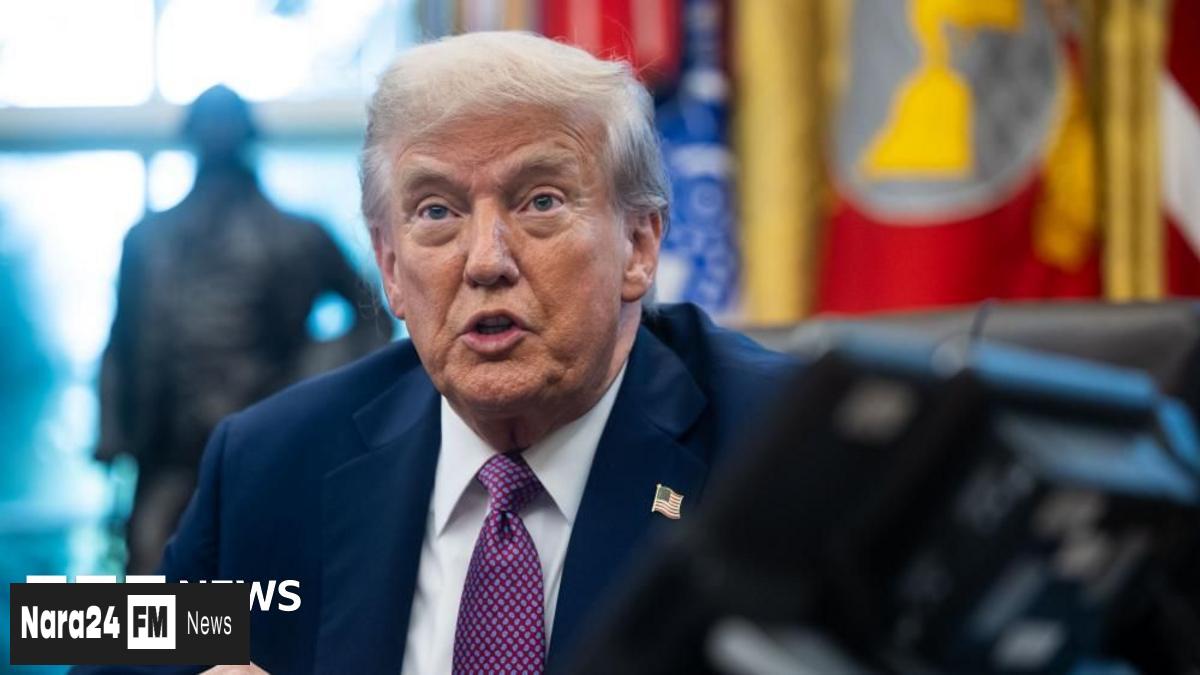In This Article
- Russia Launches Massive Aerial Assault on Ukraine
- Casualties and Damage in Western Ukraine
- Diplomatic Efforts and Peace Talks
- Russia's Strategic Maneuvers and Ukraine's Counterattacks
- Stalemate on the Ground and Escalation in the Air
- Conclusion
Key Takeaways
- Russia conducted a massive aerial assault on western Ukraine, resulting in civilian casualties and damage to infrastructure including a US electronics firm.
- Diplomatic efforts are underway, with US President Trump facilitating potential peace talks between Ukraine and Russia in various formats.
- Ukraine responded to the attacks by targeting Russian military facilities, but the ground conflict remains largely stagnant.
- The increasing intensity of Russian airstrikes underscores Ukraine's need for enhanced air defense systems from allies.
#### Russia Launches Massive Aerial Assault on Ukraine
Russia has launched one of its most intense aerial bombardments on Ukraine in recent weeks, with Ukrainian officials reporting the use of 574 drones and 40 missiles in a coordinated attack. The strikes, which occurred overnight, marked the heaviest aerial assault since early July, when 728 drones and 13 missiles hit Ukrainian cities in multiple waves.
The attacks targeted several regions across Ukraine, including the western city of Lviv and the south-western Transcarpathia region. In Lviv, one person was killed, and three others were injured as more than 20 civilian buildings, including residential homes and a nursery, were damaged. In Transcarpathia, another 15 people were wounded when cruise missiles hit a US electronics firm in the town of Mukachevo, near Ukraine's borders with Hungary and Slovakia.
Ukrainian Foreign Minister Andrii Sybiha confirmed that hypersonic, ballistic, and cruise missiles were among the weapons used in the overnight barrage. He also noted that many of the attacks originated from western Russia and the Black Sea, with one missile launched from Russian-occupied Crimea.
#### Casualties and Damage in Western Ukraine
The strikes in the western Lviv region caused significant damage to civilian infrastructure. Sybiha highlighted the impact of the attack on the US electronics firm, which produces coffee machines and other household goods. He wrote on social media: "One of the missiles struck a major American electronics manufacturer in our westernmost region, leading to serious damage and casualties."
The Ukrainian air force reported that it intercepted 577 of the 614 drones and missiles fired by Russia overnight, marking the largest air attack since July. Despite the extensive defense efforts, the strikes underscored the ongoing threat posed by Russian aerial capabilities.
#### Diplomatic Efforts and Peace Talks
The aerial assault comes amid heightened diplomatic activity aimed at ending the conflict. US President Donald Trump has been spearheading efforts to facilitate peace talks between Ukraine and Russia. Following meetings with both Zelensky and Putin, Trump initially proposed trilateral talks involving himself, Putin, and Zelensky. However, he later suggested that direct talks between the two leaders might be more effective: "Now I think it would be better if they met without me... If necessary, I'll go."
Zelensky has expressed his willingness to meet Putin in "any format," including in neutral European countries such as Switzerland or Austria. He also mentioned Istanbul as a potential venue, though he dismissed Budapest as a suitable location, citing Hungarian Prime Minister Viktor Orban's close ties with Moscow. "I'm not saying that Orban's policy was against Ukraine, but it was against supporting Ukraine," Zelensky said.
#### Russia's Strategic Maneuvers and Ukraine's Counterattacks
The latest Russian strikes marked a shift in targeting, as they hit western Ukrainian regions in addition to the eastern areas near the front lines. This expansion of aerial bombardment suggests a strategic effort to disrupt Ukrainian infrastructure and civilian life beyond the immediate conflict zones.
Meanwhile, Ukraine's armed forces reported counterattacks on Russian targets. They struck an oil refinery in Russia's Rostov region, which borders the Donbas, and hit a drone depot in the occupied eastern city of Donetsk. Other military and infrastructure facilities in Russian-controlled areas were also targeted.
#### Stalemate on the Ground and Escalation in the Air
Despite ongoing bloody fighting, the front lines in the war have remained largely stagnant in recent months, with only small territorial gains reported. This ground stalemate has been accompanied by an increase in Russian aerial bombardments, particularly as diplomatic efforts to end the conflict have intensified.
Ukraine's Foreign Minister Sybiha reiterated the country's call for additional air defense systems from allies to better protect against future attacks. The latest strikes highlight the critical need for enhanced defense capabilities as Ukraine continues to face the threat of Russian aggression.
#### Conclusion
As diplomatic efforts to broker peace between Ukraine and Russia gain momentum, the latest Russian aerial assault underscores the ongoing volatility and complexity of the conflict. With both sides engaged in strategic maneuvers and counterattacks, the path to a resolution remains uncertain. Ukraine's calls for international support in bolstering its defenses against Russian strikes are likely to intensify as the conflict continues.
**Source URL:** [https://www.bbc.co.uk/news/articles/c62wj8yje2eo](https://www.bbc.co.uk/news/articles/c62wj8yje2eo)








Comments (0)
Leave a Comment
Be the first to comment on this article!